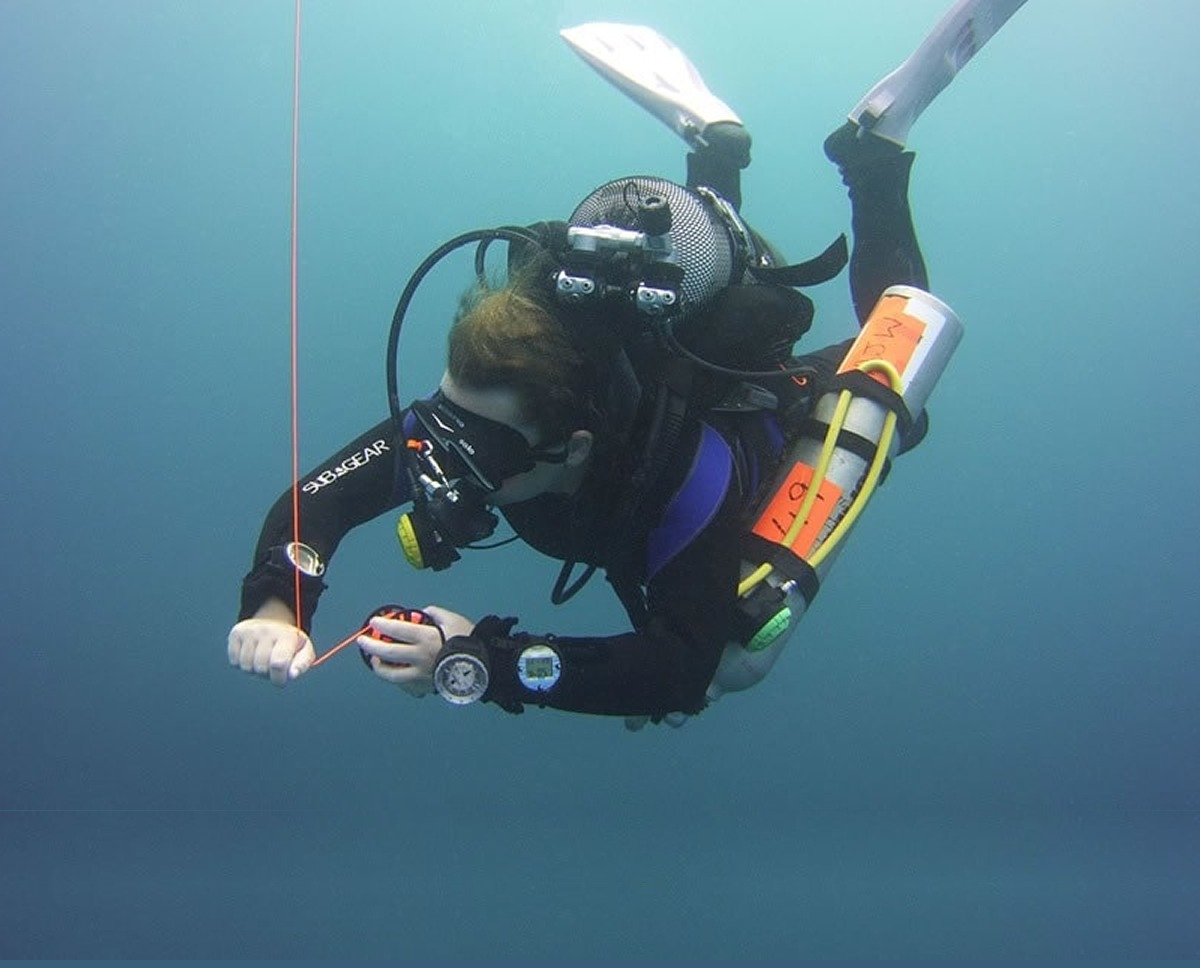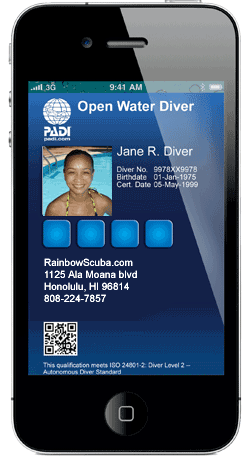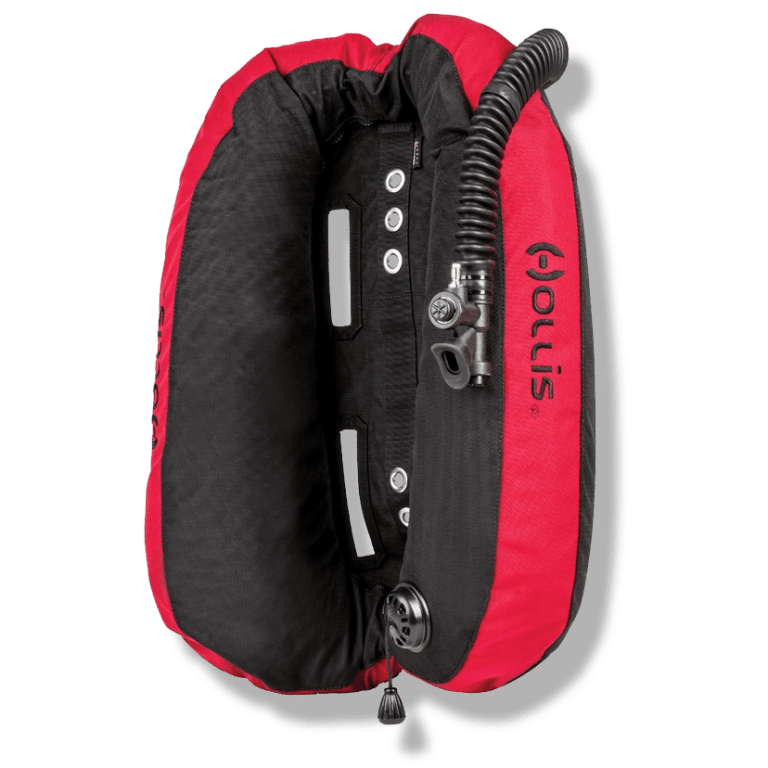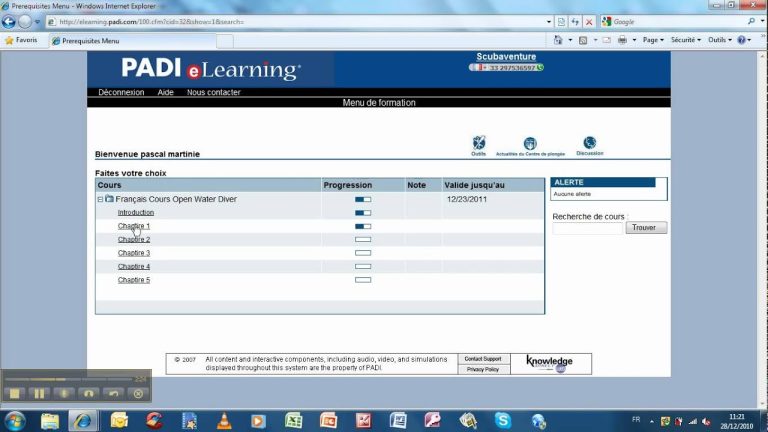How to use a surface marker buoy
How to use a Surface Marker Buoy.
This information is courtesy of PADI:
Safety is of the utmost importance when it comes to diving. When propersafety standards are practiced, you can enjoy stress-free dives, knowing you have taken all the necessary precautions. One of the safety accessories you should always carry is a surface marker buoy (SMB) and/or a delayed surface marker buoy (DSBM). Your first thought might be, what is an SMB? Or, what is a DSMB? We will also go over how to use a Surface Marker Buoy.
Here we’ll cover what this safety equipment is and how to use it. Plus, by reading the below, you’ll learn how to get certified as a DSMB Diver, too!
What is an SMB?
A surface marker buoy (SMB) is signaling equipment used by divers underwater. These are large, tube-shaped devices that can be inflated underwater and sent up to the surface to mark the diver’s location and alert anyone on the surface that there are divers below. They are usually brightly colored. Additional uses include dragging them along for the entire dive as a location marker for the surface team. (This may actually be a requirement in some areas.) Conveniently, SMBs roll up tightly and attach to your BCD with a for easy storage and access. BCD pockets are also a common storage location for some SMBs.
When to Use an SMB?
Surface marker buoys are diverse in their uses. Divers often deploy SMBs to indicate their location underwater. In many cases, deployment occurs during safety stops to give the pick-up team some idea of where the divers will surface. SMBs can also be used when reaching the surface as a location signal, too.
Furthermore, some divers may use surface marker buoys as a distress signal (usually in a specific color as agreed upon with the surface team). This type of signal would be sent up to the surface as an indication that help is needed.
Finally, tec divers may use SMBs to signal the surface team that they need additional tanks during safety stops.

How to use a surface marker buoy?
To begin, most standards recommend deploying an SMB before ascending (at your safety stop) in order to give the boat team time to reach your location (if the SMB is used as a pickup signal). This is particularly important in rougher surface conditions, such as when diving in currents, or in an emergency where divers will need a fast pickup. However, the same methods for deployment apply if the SMB is being used throughout the whole dive.
After achieving neutral buoyancy, retrieve your SMB and unravel it. Then, check your surroundings to ensure a decent distance between you and your buddies so that they won’t obstruct the path of the SMB. Additionally, look above to make sure there are no reefs, boats or marine life in the way.
Next, unravel a small amount of the line from the reel, just enough to keep it away from your body but not too far that it could become entangled in your surroundings. The SMB now needs inflating. Several methods are available to do this, and it’s important to remember that many methods don’t require removing your regulator from your mouth.
How to Inflate an SMB
- Method One: Hold the SMB above your head to capture your exhaust bubbles.
- Method Two: If the SMB has an oral or low-pressure inflator hose, it can be inflated using your BCD’s low-pressure inflator hose.
- Method Three: Orally inflate the SMB with your mouth, remembering to take regular breaths for yourself, too. Remember that only a small amount of air is needed as this will expand on its ascent.
Finally, it’s time to release the SMB. Maintain a tight grip on the reel, but release the line completely. It will shoot up to the surface. Now, you can begin your ascent while slowly reeling in the line to keep the device upright on the surface. However, there is no need to reel the surface marker buoy in unless you are ascending, if it’s being used as a marker for the entire dive.
Alternatively, if the SMB is being used only once you are at the surface, make sure to achieve positive buoyancy first. Then use method two or method three to inflate the device.
SMB vs DSMB – What’s the Difference?
The key difference between an SMB (surface marker buoy) and DSMB (delayed surface marker buoy) is in the name and in what they are used for. These terms are often used interchangeably, and as such cause much confusion within the dive industry.

So what is a DSMB? A Delayed Surface Marker Buoy (DSMB) is usually used at the end of the dive (that’s why it’s called delayed) to mark your location underwater. They are usually deployed during the safety stop, while an SMB can be used throughout the dive and towed along on the surface. Both are deployed in the same way. So, just remember that SMBs differ in that they can be used at the start of a dive, too! How to use a Surface Marker Buoy!






